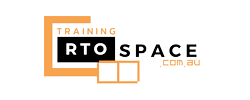Commercial Kitchens For Culinary Training Programs In Melbourne
Culinary training programs are at the heart of nurturing aspiring chefs and culinary professionals in Melbourne, a city known for its vibrant food culture. To ensure the success of these programs, it’s crucial to have well-optimized commercial kitchens that provide students with the ideal learning environment. In this comprehensive guide, we’ll explore the key aspects of optimizing commercial kitchens for culinary training programs in Melbourne.
The Significance of a Well-Designed Culinary Training Kitchen
A well-designed and fully equipped culinary training kitchen is the cornerstone of any successful culinary program. It not only enhances the learning experience but also prepares students for the fast-paced and demanding culinary industry. Here are the essential factors to consider:
1. Spacious Layout:
An open and spacious kitchen layout allows students to move freely and work efficiently. It should accommodate multiple workstations, each equipped with essential kitchen equipment and tools.
2. Quality Kitchen Equipment:
Investing in high-quality kitchen equipment is essential. Ensure that your kitchen is equipped with professional-grade stoves, ovens, refrigeration, and specialized culinary tools. These tools should mirror what students will encounter in real culinary settings.
3. Workstation Organization:
Organize workstations logically, with each area dedicated to specific culinary techniques and tasks. This setup allows students to focus on honing their skills in a structured manner.
4. Safety First:
Safety should be a top priority. Install proper ventilation systems to minimize exposure to fumes and heat. Fire extinguishers, first aid kits, and safety equipment should be readily accessible.
5. Hygiene and Sanitation:
Adhere to strict hygiene and sanitation standards. Teach students the importance of cleanliness and proper food handling from day one.
6. Diverse Cooking Methods:
Ensure that the kitchen accommodates various cooking methods, including grilling, baking, frying, and sous-vide. Exposure to diverse techniques prepares students for a wide range of culinary experiences.
7. Storage Facilities:
Adequate storage space is essential for ingredients, utensils, and equipment. Incorporate walk-in refrigerators, freezers, and dry storage areas to keep supplies fresh and organized.
8. Presentation Area:
Include a dedicated area for food presentation and plating. This allows students to refine their presentation skills, a vital aspect of culinary excellence.
9. Technology Integration:
Modern culinary training should integrate technology. Consider installing cameras and screens for live demonstrations and remote learning opportunities.
10. Industry Partnerships:
Forge partnerships with local restaurants, suppliers, and culinary experts to provide students with exposure to real-world culinary experiences and networking opportunities.
11. Sustainability Practices:
Teach students about sustainable culinary practices, including waste reduction, responsible sourcing of ingredients, and energy-efficient kitchen operations.
12. Accessibility:
Ensure that the kitchen is accessible to individuals with disabilities. This inclusivity fosters a diverse and equitable learning environment.
13. Faculty Expertise:
Employ experienced culinary instructors who can guide and mentor students effectively, sharing their expertise and industry insights.
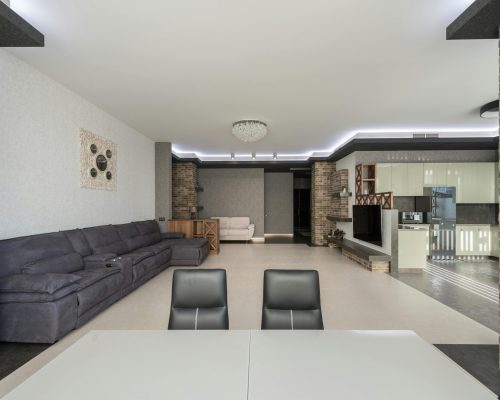
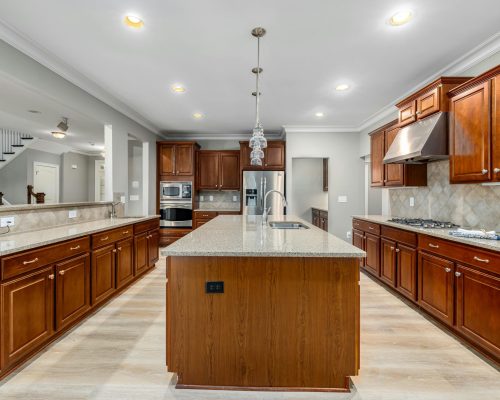
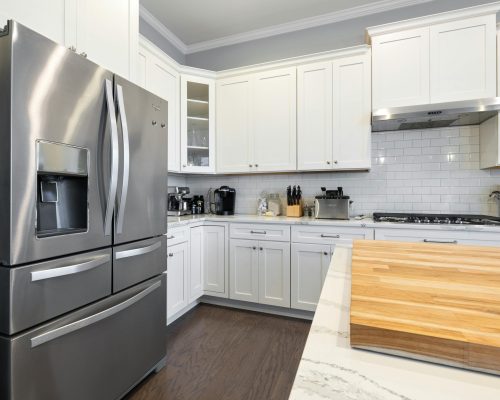
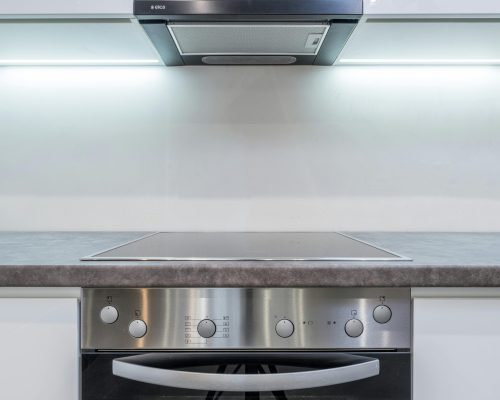
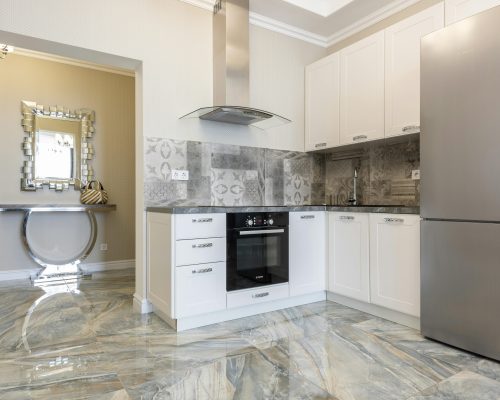
Get On Rent Commercial Kitchen Space!
Conclusion
Optimizing commercial kitchens for culinary training programs in Melbourne is about creating an environment that fosters skill development, creativity, and a deep understanding of the culinary arts. By carefully considering kitchen design, equipment, safety, and curriculum, you can prepare aspiring chefs and culinary professionals for success in Melbourne’s dynamic and competitive food industry. A well-optimized kitchen not only enhances learning but also contributes to Melbourne’s reputation as a hub of culinary excellence.
